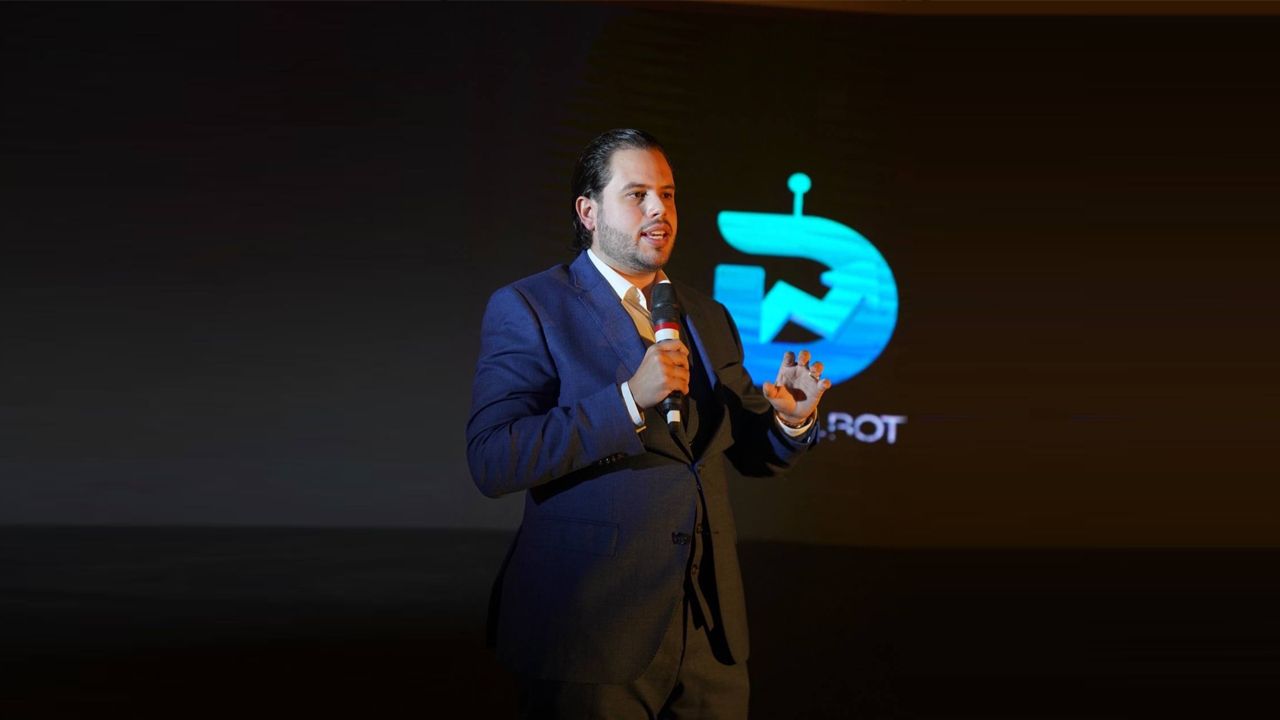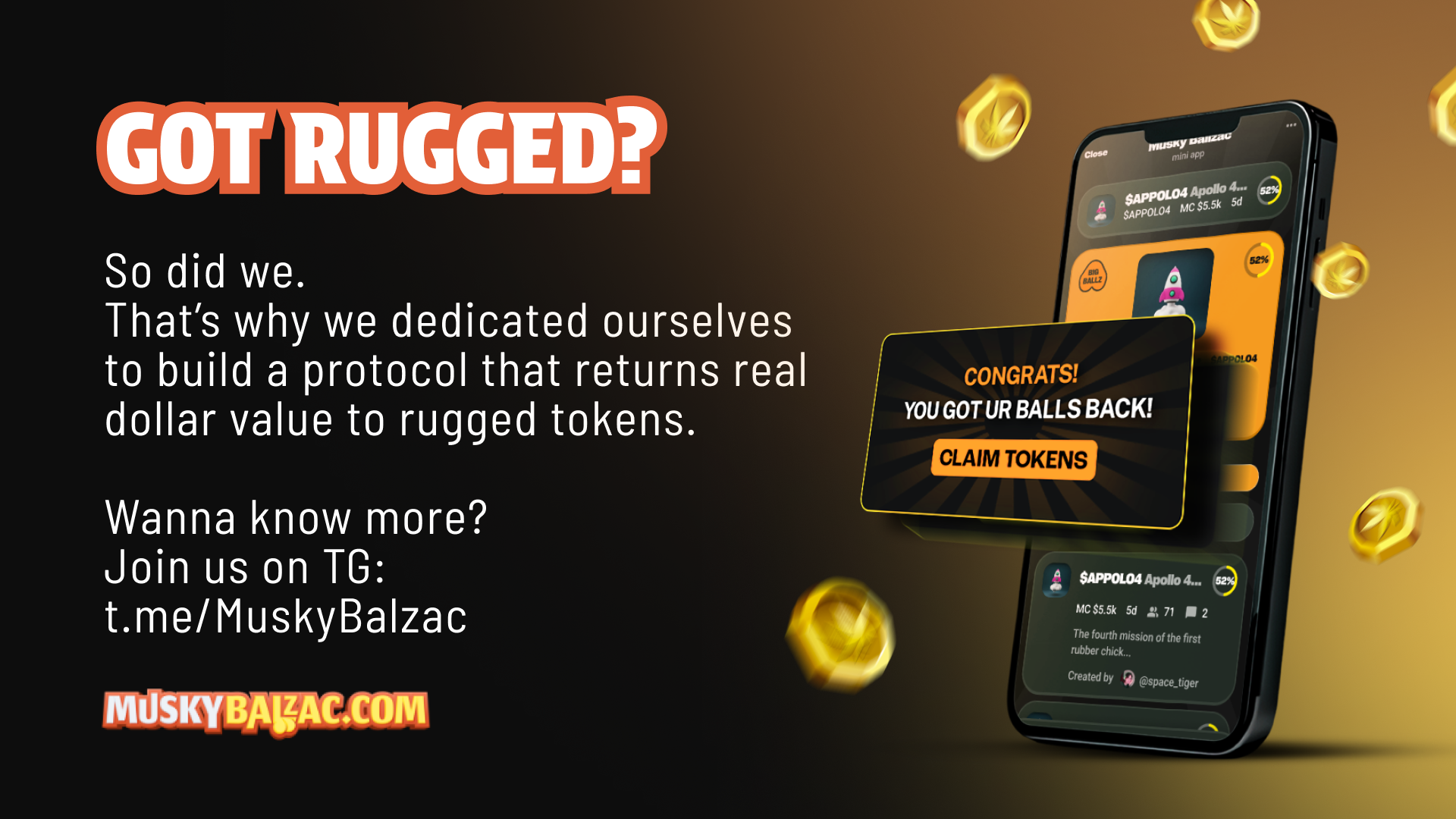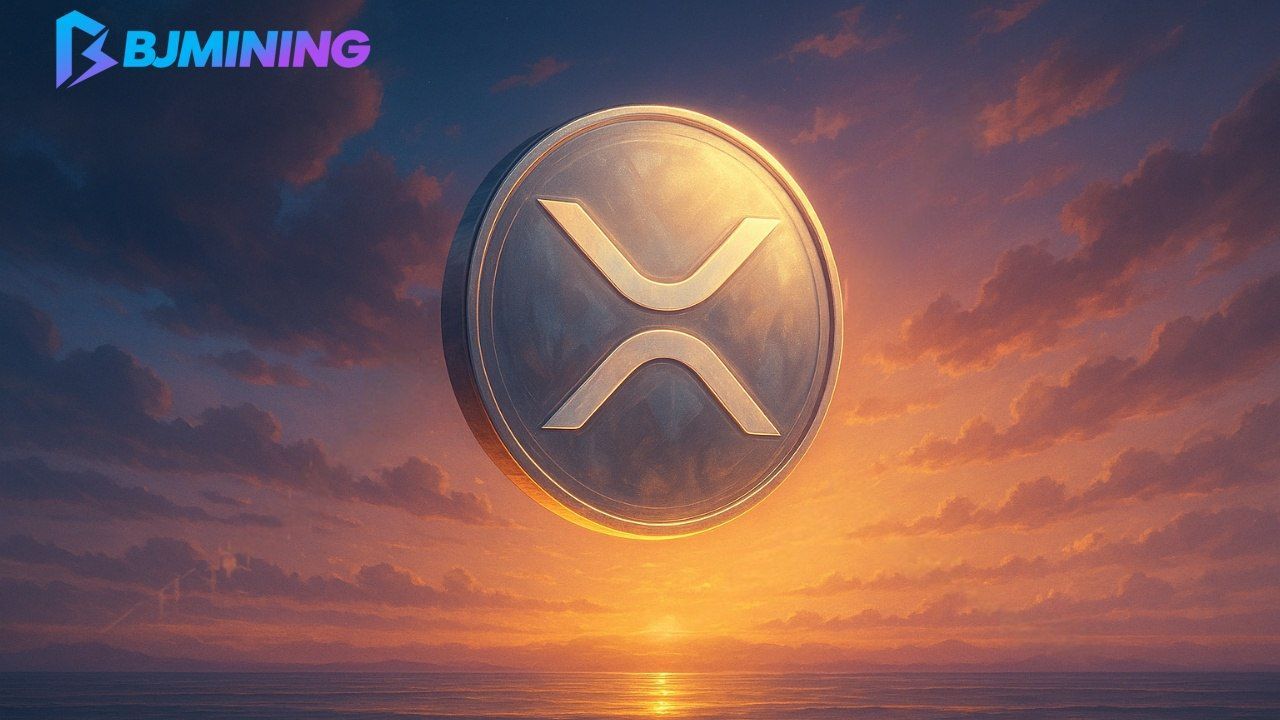The Apron Network Review: Decentralized Infrastructure Service Network
If you’re a DApp developer, user, or infrastructure operator, you’re going to want to know as much as possible about the Apron Network, because it’s designed as a decentralized, infrastructure service network that can provide you with a range of different features and opportunities that make your experience better. Not only that but it also provides you with even more support as you learn new skills and start trying out entirely new opportunities at the same time.
What is Apron Network?
Apron Network is a new technology that allows you the opportunity to develop your own DApps, use them or operate them. It allows you to branch out in new directions and also provides you with specialized features and customization that are designed to make a huge difference in your overall capabilities. The key is making sure that you’re using this system in the right way and that you’re not getting caught up in too many of the other services out there that just can’t provide the same things you’ll get with Apron. We’re going to explore some of those further here.
It was designed primarily in response to the network failure of Infura, which occurred in November of 202. After all, this failure resulted in complete inaccessibility to the network and revealed a central problem with the current centralized process. As a result, the team determined that there was something new that was needed, a decentralized infrastructure. In this way, it would be possible to keep the platform going no matter what, and so, Apron was born.
Apron uses a Substrate framework and is able to parachain with both Kusama and Polkadot. Not only that but it has two different types of nodes, Apron Pillar Nodes and Apron Nodes as well as the system Apron DAO, which is designed to manage the network as a whole. Upon completion, the Apron Network will consist of four different sections. These include the Apron Pillar Node, the Apron Nodes, the Apron Service Marketplace and the Apron SDK. Through all of these, the network will be available for the developers and those users and operators.
Features and Services of Apron Network
When it comes to the overall features and opportunities that are available with the Apron Network you shouldn’t be surprised. In fact, you should simply be happy that this system is currently offering all of the features that are necessary for proper decentralization and a high quality infrastructure network. It starts with speed and it goes through features like user-friendliness, economics, and even diversity. Because when you’re looking to take a step out into the latest and greatest you absolutely need all four of these things to make sure you’re on the right track.
1. Use assets as endorsements to discourage evil
Apron requires all service providers to pledge a certain amount of digital assets and evaluate the services they provide, with penalties that deduct the assets they have pledged when they misbehave. This can restrain the intention of node service providers to do evil actively from the economic level.
2. Anonymity mechanism helps improve security
The way Apron interacts with the user is through an anonymous mechanism designed to protect privacy. The service consumer and service provider confirm the service relationship and complete the service billing only through the signed hash value, without exposing any information of the service consumer and service provider, that is to say, neither party knows who is using whose service. Without knowing who the other person is, the perpetrator can’t find a clear goal, which means it becomes more difficult to do evil, and will naturally discourage the perpetrator from doing evil.
3. Decentralize services instead of single points of service
Apron has adopted the idea of being a decentralized platform and has applied that approach to all aspects of its design. We can first imagine the situation of buying a commodity on Taobao, usually we will find a shop to buy its goods, but such a one-to-one single point of service is inevitable to encounter pit shops, which is one to one easy to encounter the problem of centralization. But Apron breaks this pattern by saying that the user of the underlying service is not interested in who is providing the functionality, but in how well it can be used.
Apron provides a mechanism by which users of a feature can simply use the SDK (software kit) for that feature, regardless of who provided it. The SDK links to multiple service providers, providing one-to-many decentralization of the service. By providing services in such a way, the perpetrator can not give the opportunity to attack the centralized subject fundamentally, and also passively reduce other potential risks of the centralized.
What’s to Come for Apron
There are a number of different things that are currently in the works for Apron and you’re going to want to know how you can take advantage of each of these steps and get the most out of them, whether you’re a user or a developer. Now, for a developer these are really going to be a great step in the right direction, so make sure that you’re not missing out on anything that’s happening along the way as you’re continuing to work toward the success of your app.
Q1 — in the first quarter of 2021, the goal was to complete the grant application for Web3. Not only that, but the completion of the white paper detailing more about the platform and what it was set to do and establishing the basic foundation of the network were expected. Further, the POC version was expected to be fully completed through the development process and private placement was as well. On top of that, the release of an ERC20 token was expected. All of these were to lead the platform into the second quarter of the year.
Q2 — in the second quarter of 2021, the platform is set to release the Beta 1.0 version of the Apron Network. This will allow a select array of developers the opportunity to explore the platform and see what they can create and discover as they move forward with the platform. There is also the expectation to provide node services for both Ethereum and Polkadot, which will provide enhanced opportunities for those within the network as it moves forward. Finally, this quarter is expected to see the release of the Apron Market, which will provide even more options for API service providers.
Q3 — in the third quarter of 2021, the platform is planning to be ready to connect to multi-public blockchain node service. This will provide for the release that is set to happen in the final quarter. It will ensure that multiple blockchains are available for developers. This is also the quarter when it’s expected that Apron will release the ApronSDK. And finally, this is the quarter in which the company is preparing to launch the public Beta. This will allow even more people the opportunity to try out the platform and see how it works before it is officially launched in the next quarter.
Q4 — in the final quarter of 2021, the platform is expecting to fully release the Apron Network. This will provide for even more capabilities and will ensure that the entire platform is capable of achieving the goals that have already been set. It’s also when they will start to build DAO and when they will connect even more traditional infrastructure services for the network. Not to mention it’s when they expect to hand over the network entirely, which is going to ensure that the users are able to fully utilize all of the different features and that they will be able to make the most of the system as a whole. But even this is only the start of what the platform could achieve.
Parts of the Apron Network
There are a few primary components involved in the Apron Network; the Pillar Node, Node, Market and SDK. We will take a moment to evaluate each of these here for a better understanding of the process and the ways in which each is designed to contribute to the creation and implementation of the Apron Network for developers and more.
Apron Pillar Node- This node comes from the Substrate framework, which means that it has a security guarantee and is guaranteed stable operation. It’s actually considered to be the basic node of operation for the Apron Network and is set to be launched first within the Apron labs. It will then be run using community participants.
Apron Node — This node also comes from the Substrate framework, but uses off-chain-worker. It’s used for security purposes and is synchronized with the service up-chain and information of usage and billing within the chain. It’s able to offer infrastructure services through this node.
Apron Market — The service market is designed to offer infrastructure service provider features and services to DApp developers. It provides the opportunity to implement infrastructure up-chain development with one-click deployment through Apron Network. It also synchronizes the infrastructure service and a whole lot more.
Apron SDK — Finally, SDK will directly migrate services between original infrastructure services to the Apron Network. It provides encryption of communication data and helps to maintain the balance between application and the Apron node. It works on the web, on mobile terminals and on PCs as well.
The Apron Network Overall
In the traditional software industry, PRON Network belongs to the form of middleware service, while for the information industry, middleware is an important bridge of the industry. Middleware is defined as a type of software that provides a connection between system software and application software and facilitates the communication between software components.
Application software can share information and resources between different technical architectures through Middleware. In the blockchain area, middleware can be understood as a class of software that provides communication between the blockchain and the application software. Help developers to better use the underlying protocols, better and faster development of applications.
Apron can be seen as an example of putting middleware theory into practice. As you can see from the above three categories, node services are also a type of middleware, and Apron is a part of this middleware. Apron is going to be a decentralized Infura, providing API access services to the user in a decentralized way, and supporting multiple chains in addition to Ethereum. Bitcoin, Polkadot, IPFS, TRON, etc. Beyond that, Apron integrates a variety of services, including a data analysis platform, data storage and messaging services, and more.
The middleware platform brings convenience not only to the application developers, but also to the middleware service providers and users within the ecosystem. The data analysis platform mentioned above is run by middleware service providers, who provide quality services to developers for a reasonable fee, thus generating a decentralized AWS infrastructure services market.
Undoubtedly, users will also benefit. Decentralized services can make the whole network more secure, thus ensuring the security of users’ assets. In addition, by choosing high-quality service providers in the service market, users will have a more stable user experience.
Disclaimer: This article is not intended to be a source of investment, financial, technical, tax, or legal advice. All of this content is for informational purposes only. Readers should do their own research. The Capital is not responsible, directly or indirectly, for any damage or loss caused or alleged to be caused by reliance on any information mentioned in this article.




